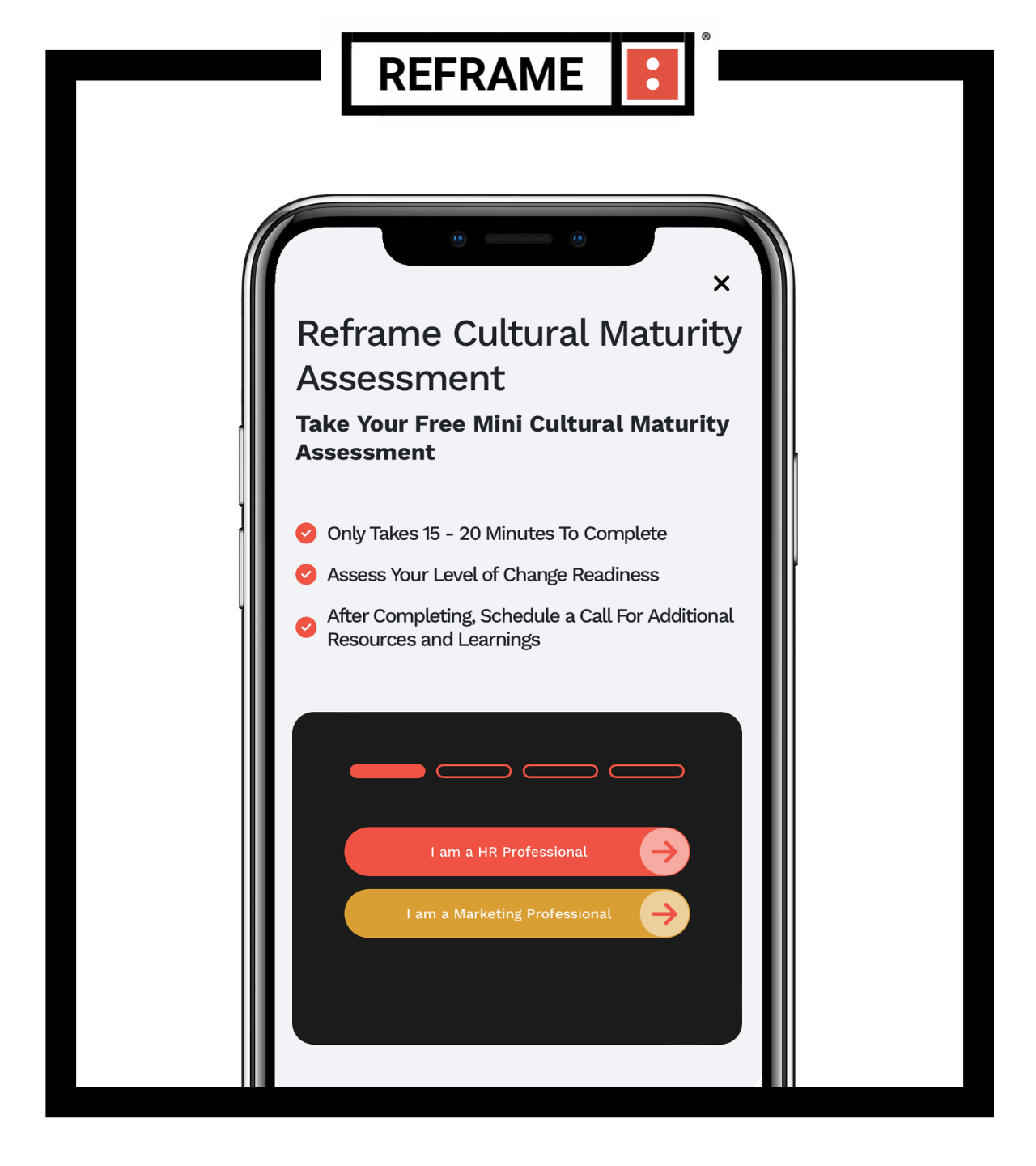Number Two of Three ‘Total Market’ Misperceptions: It is a Marketing Approach
The Wrong Solution
This article is the second in a three-part series about 3 ‘Total Market’ Misperceptions. The series provides evidenced based learnings about the topic and a foundation for practitioners looking to modernize their workplace and marketplace approaches.
In 2013, the Association for National Advertisers (ANA), an industry association composed of more than 640 companies with more than 10,000 brands represented and oversee more than $250 billion in marketing and advertising spend came together to rally around developing a definition for the ‘Total Market’.
Five problems.
There was already a ‘Total Market’ definition and their definition began and ends with marketing.
Their view of ‘Total Market’ belonged in the multicultural vertical.
It cemented the sanctity of cultural fragmentation albeit under a single strategy.
Their definition did not account for when minority segments become the majority segment.
Structurally their definition did not reflect a modern workplace and marketplace.
The right solution . A change management approach is required and not a marketing and advertising approach for solving the workplace and marketplace problem.
Remember. It was McKinsey that introduced the ‘Total Market’ topic, not an advertiser or advertising agency.
Most organizations are not ready to adopt a change approach for modernizing their workplace for the new marketplace. Here’s why. Let’s look at the pros and cons for the GM, MC and TM approaches.
Pros and cons for leading with the General Market (GM) approach.
The general market (GM) approach came out of an era when there was one dominant cultural and ethnic group in the 1930’s. It was the formation of the marketing and communications industry and America looked very different in the 1930’s. Today, brands usually spend more than 70% of their budgets for the GM approach.
Pros. The GM approach stands the test of time for predictive outcomes, it is efficient and focus on commonalities.
Cons. Adaptations and the delivery of the GM strategy can lack relevancy and sometimes authenticity. Delivery of the insight uses mono-cultural attitudes and behaviors.
Pros and cons for leading with the Multi-Cultural (MC) approach.
The multi-cultural approach was introduced in the 1950s and evolved out of the civil rights era when ethnic minority segments accounted for less than 20% of the total addressable market. I was not until the 1990s or 40 years later when industry associations began incorporating multicultural programming, learning and development for their members. Today brands usually 20% or less of their budgets for the MC approach when combined, the multicultural consumer segments account for 43% of the total addressable market.
Pros. The MC approach facilitates deep ethnic insights with a focus on differences or nuances and highly targeted
Cons. Historically MC brand spend and investment levels are underfunded, therefore MC delivery lacks scale. Insight delivery uses multicultural or ethnic attitude and behaviors.
Pros and cons for leading with the Total Market (TM) approach.
Before we dive in, a disclaimer(*). All total market approaches are not created equally. The evidence we share is based on the Reframe Total Market™ approach.
The total market topic was re-introduced by our founder, Jeffrey L. Bowman at the Association for National Advertisers (ANA) 2010 Conference and he later validated the operating model after three years of research and development with Fortune 500 customers.
The topic and approach evolved out of the “Age of Accelerations” era when ethnic minorities were becoming the majority, three to four generations in the workplace, big data, cloud computing, artificial intelligence and machine learning dominated business headlines.
Today brands usually spend 10% or less of their budgets for the TM approach. A strong reason and rationale for the TM approach is because technology is the enabler that modernizes traditional workplace and marketplace practices. Below are the pros and cons for using the TM approach.
Pros. The TM approach facilitates an innovative cultural insights approach that seeks to understand cross-cultural and poly-cultural attitudes and behaviors. The delivery is both efficient and effective because it focuses on both nuances and commonalities of humans.
Cons. It can be organizationally complex and requires the use of change management practices for a sustainable outcome. Not marketing and advertising practices.
The TM approach is a modern, innovative approach that addresses the inequity between the GM and MC approaches. It is more effective and efficient when done right. To make the change requires employee engagement and the enterprise to reevaluate their Structure, Segments, Strategy, Systems and Solutions for the total addressable market.
Interested in learning more about how to #closethegap between your workplace and marketplace? Please be sure to check out these posts:
3 ‘Total Market’ Misperceptions – Will The Real ‘Total Market’ Stand Up!
Why Total Market? Why Now?
Assessing Your Organization’s Level of Cultural Maturity
or get the industry’s first full report on The State Of The Total Market Industry Vertical here.
Related Blog Articles






